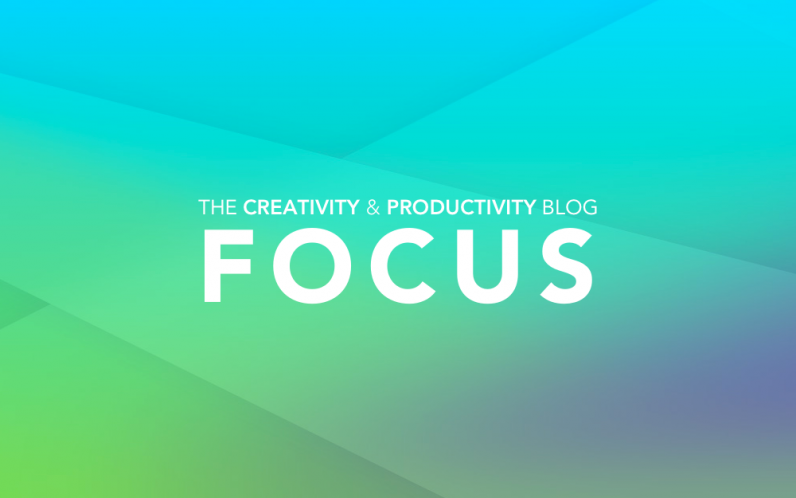Structuring and sharing knowledge is highly important in research and innovation processes. For example, mind mapping is a great way to organize your thoughts, to brainstorm and / or share your results with colleagues. Mind maps are defined as “a diagrammatic method of representing ideas, with related concepts arranged around a core concept” and they are fairly common and well known in nowadays planning routines. But mind maps do not allow to share this knowledge in a machine interpretable way such that the resulting knowledge can be re-used in machine-driven research and innovation processes.

In the CODE research project, the collaborative mind mapping platform MindMeister has opened up their mind maps allowing users to publish them as re-usable RDF data. Besides accessing mind maps in the SKOS Thesaurus format direct from the MindMeister platform, we also established a RDF endpoint to allow querying the resulting thesauri.
The technology of our choice is the NanoSparqlServer for the endpoint. It supports a REST API that allows the user to access the data directly over a web interface or its SPARQL endpoint. Both of them make use of SPARQL queries. Besides the normal queries, a free text search is also established. As a result, users can not only query the RDF graph directly but are also able to search for words and phrases that are contained in the nodes of the graph. The whole endpoint together with some descriptions and an example RDF file is available online at http://datahub.io/dataset/code-mindmeister-endpoint. The RDF description of a MindMeister mind map contains information about every concept used in the map. The stored triples make use of commonly known vocabularies like the following:
- Dublin Core (dc): DC is one of the most common approaches to describe resources in an easy fashioned way. The core set consists of 15 descriptive and domain-independent properties.
- Friend of a Friend (foaf): Is a community project to create a machine-readable abstractions of people, their relations to each other as well as the resources they are interacting with.
- Simple Knowledge Organization System (skos): SKOS is heavily used to create Semantic Web aware classification schemes, thesauri and taxonomies.
Besides this fact, the endpoint has got an automated built-in update process, which will keep the stored data and knowledge up-to-date. After requesting all data at a cold start, once per week all mind maps that have been changed during that period will be updated.
Every mind map supported by MindMeister contains structured data created by humans. They are organized in tree-like structures and every map forms a taxonomy over its own knowledge. But as aforementioned, these are only accessible as the plain mind map itself although the data is very interesting for purposes of the semantic web. The CODE Project solves this problem by combining the mind map data with the SKOS vocabulary to map the content to RDF, a lightweight ontology to format all used terms for the nodes into unambiguous formal expressions and the before mentioned endpoint. As a result, scientists can now structurally query nodes and their recombination together with other specific requirements. For example, you can request only those nodes of a mind map that have a certain other node as child. The knowledge comprised in thousands of mind maps can be combined, making it possible to find maps or subparts of them about similar topics easily by querying our endpoint.

